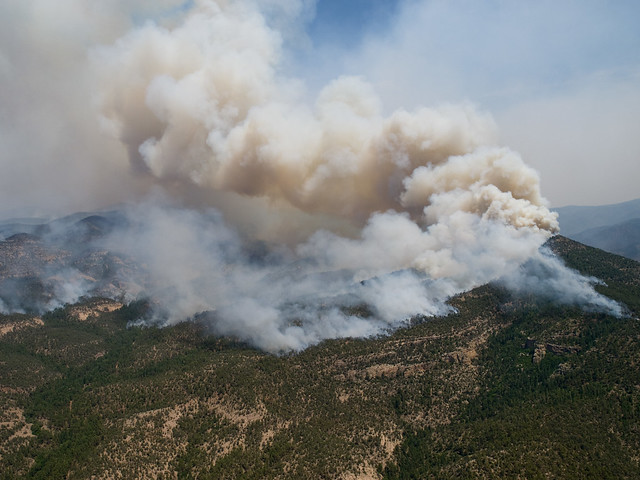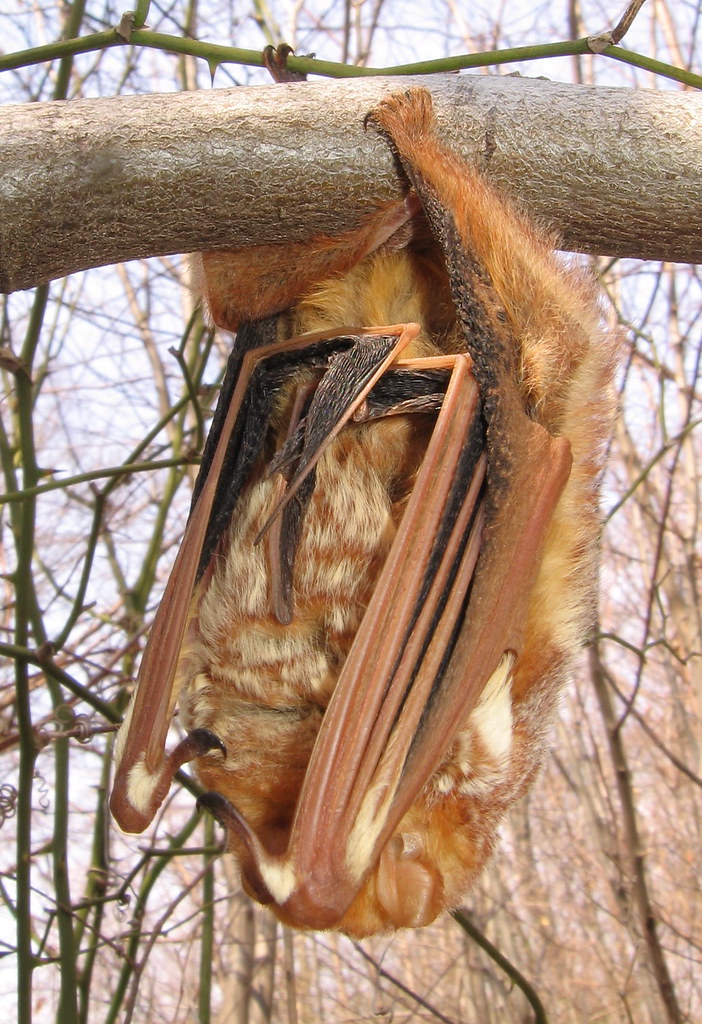We have much more to do and your continued support is needed now more than ever.
Whitewater-Baldy, Extreme Fire and Wildlife in the West
It’s been hard to watch from afar as my beloved Gila Wilderness burns. The Whitewater-Baldy Complex fire–which has already charred 260,000 acres–is threatening wildlife after forcing the evacuation of an historic ghost town. Some estimates indicate the fire might not be contained for another month, an ominous sign following a record-breaking fire season in Arizona, Texas and New Mexico during 2011.
U.S. Forest Service Photo by Kari Greer
I spent four years as a journalist in southwest New Mexico, and covered my share of wildfires. Fires that make the news are often those that threaten communities or can’t be managed by forestry officials. However, wildfire can be essential to the healthy life cycle of forests and other ecosystems. Tens of thousands of fires are sparked every year, and while officials often choose to contain them others are left to burn out on their own.
An Escalating Cycle
In New Mexico, your typical fire season is pretty predictable: precipitation in winter and early spring leads to aggressive growth (especially for high desert grasses). Rainfall tapers off until mid-summer, leaving an abundance of dry fuel, warm air and high winds. Fire conditions are dangerous until mid-summer, when seasonal monsoons bring almost-daily rainstorms to the area.
Unfortunately, climate change is throwing this cycle into chaos. Wildfire frequency, severity and damages are increasing throughout the West as a result of rising temperatures, drying conditions and more lightning brought by global warming.
While no single event can be attributed to climate change, it’s hard to deny Whitewater-Baldy had some help in becoming the largest wildfire in New Mexico history. Below average precipitation this past winter and spring–especially in southwest New Mexico–set the stage for the fire. Forest officials believe lightning strikes kindled the Baldy Fire back on May 9 and the Whitewater Fire on May 16, in a rugged and remote area of the Gila National Forest. These quickly merged into the megafire now raging through the Gila Wilderness, driven by bone-dry conditions and high winds.
Unfortunately, these conditions are not unique to southern New Mexico. With extreme drought conditions widespread, Colorado and Arizona are preparing for the worst, seeing the Whitewater-Baldy fire as a harbinger of what’s to come. Utah and Nevada are experiencing severe drought as well, and fire season has just begun.
Wildlife at Risk

Megafires–like the Whitewater-Baldy Complex and 2011’s Bastrop County Complex–can wipe out vast swaths of wildlife habitat. Often, containment of smaller fires exacerbates the destruction of megafires: excessive fuel is built up for years and years until a massive conflagration spreads beyond control. One biologist in Texas said this was a contributing factor to the Bastrop County Complex Fire. Time will tell whether the Houston toad will recover from that event.
Already, a team is on the ground in New Mexico exploring the areas of forest destroyed by the Whitewater-Baldy Complex Fire:
A Forest Service Burned Area Emergency Response (BAER) team is currently performing a thorough assessment of the Whitewater-Baldy Complex burn area. The BAER team is staffed by trained professionals including; hydrologists, soil scientists, engineers, biologists, silviculturists, range conservationists and archeologists. This team will evaluate the burned area and prescribe treatments to protect the land quickly and effectively.
Millions Spent and Lives Lost
The growth of the Whitewater-Baldy Complex fire has been explosive: on most days, the fire spread by between 10,000-20,000 acres, with two days of 40,000+ acres burned. Financially, more than $12 million has been pumped into containment. While injuries in New Mexico have thankfully been light, firefighting tragically claimed two lives this week with the crash of a private air tanker in Utah on Sunday. Another tanker touched down on malfunctioning landing gear that same day. As a result, tankers were grounded across the country, which will hamper efforts to contain the wildfires.
These setbacks are the latest obstacles to effective firefighting in recent years. Since 2010, more than $512 million in funding cuts have been shepherded through Congress, affecting everything from supplies to prevention efforts. The number of aircraft available for firefighting has also fallen, from 44 to 14 in the past ten years.
Annual firefighting costs for the federal government frequently top $1 billion. With unchecked climate change, these costs will continue to rise, from the human toll in lives lost and homes destroyed to the impacts on wildlife and the billions spent fighting fires and repairing ecosystems.
Send a message to the Environmental Protection Agency in support of carbon pollution limits.






















